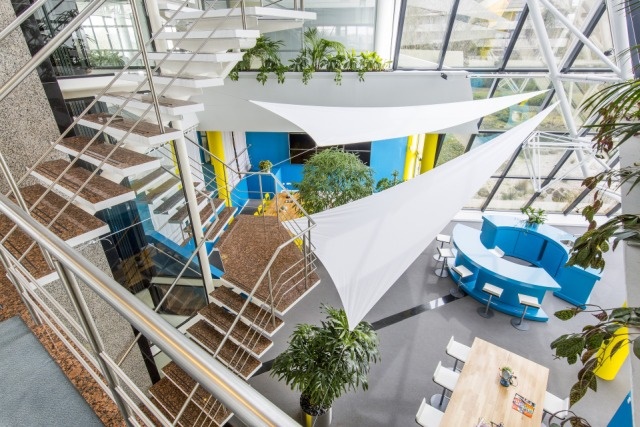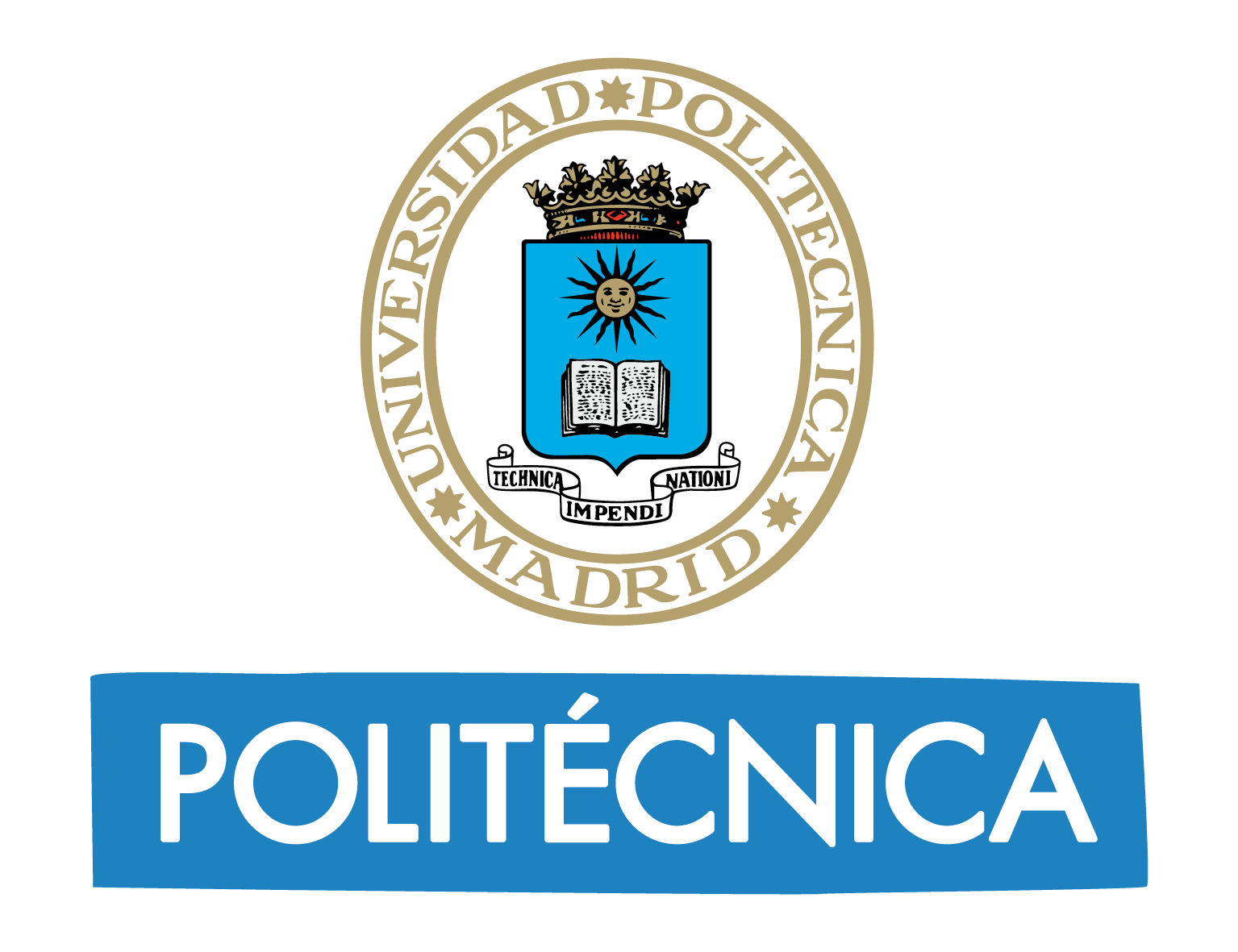How to improve the productivity and well-being at work
The productivity of employees can increase over 60% in healthy offices, according to a study carried out by researchers from Universidad Politécnica de Madrid.
Researchers from Universidad Politécnica de Madrid (UPM) have developed a tool that quantifies the improvement in productivity and well-being in the workplace. This tool was tested by conducting a pilot experiment comparing a traditional workplace with another workplace applying biophilic design criteria.
The obtained results show an improvement in well-being, productivity, creativity, and health by including natural light and indoor plants in the office which are features of the biophilic design. This study was published in the Energy and Buildings Journal.
Therefore, researchers from School of Architecture at UPM, Julia Ayuso and Sergio Vega, in collaboration with Keio Japanese University carried out a pilot experiment that allowed them to develop a methodology that quantifies the influence of several variables in the performance and well-being of employees in their workplace. “The aim of this study is to show the potential of the tool in various scenarios”, says Julia Ayuso.
The pilot group stayed in the biophilic area and obtained almost five points more in the creative task ranking than the control group. Besides, they had a better perception of the environment. The results suggest that vegetation and natural light can perform a relevant role in the health and cognitive function of people, and both factors can be measured through psychological and physiological parameters.

Credit: pixabay.
Regarding productivity, the study has shown the use of natural light in the office did not contribute to the improvement of the efficiency in simple tasks, but it helped obtain better results in creative tasks. Therefore, the biophilic design in an office could contribute to the improvement of both the productivity in creative tasks due to the activation of the sympathetic nervous system and a reduced feeling of fatigue and workload.
Researchers also found a positive correlation between vegetation and the satisfaction with the thermal environment. All participants remained under the same ambient temperature conditions. This proved the biophilic design had positive effects on the subjective perception of thermal comfort. Comparing both groups, 8% more of the subjects from the pilot group declared the thermal sensation was adequate or very adequate.
The percentage of subjective perception of drowsiness decreased 6% in the morning and 9% in the afternoon in the presence of vegetation. However, the physiological trials reveal that the presence of natural light had an objective impact in the reduction of drowsiness.
Julia Ayusa says, “This tool can be useful for researchers and architects. However, it is hard to determine the amount of light and vegetation needed to achieve optimal results, since there is not a universal formula and the design has to be adapted to every environment and culture”.
This project was funded by the Erasmus Mundus EASED Program coordinated by Centrale Supelec and developed by a team led by Prof. Toshiharu Ikaga from Keio Japanese University with the participation of Universidad Politécnica de Madrid.
Ayuso Sanchez J, Ikaga T, Vega Sanchez S. Quantitative improvement in workplace performance through biophilic design: A pilot experiment case study. Energy and Buildings. 2018; 177:316-328.
https://doi.org/10.1016/j.enbuild.2018.07.065


